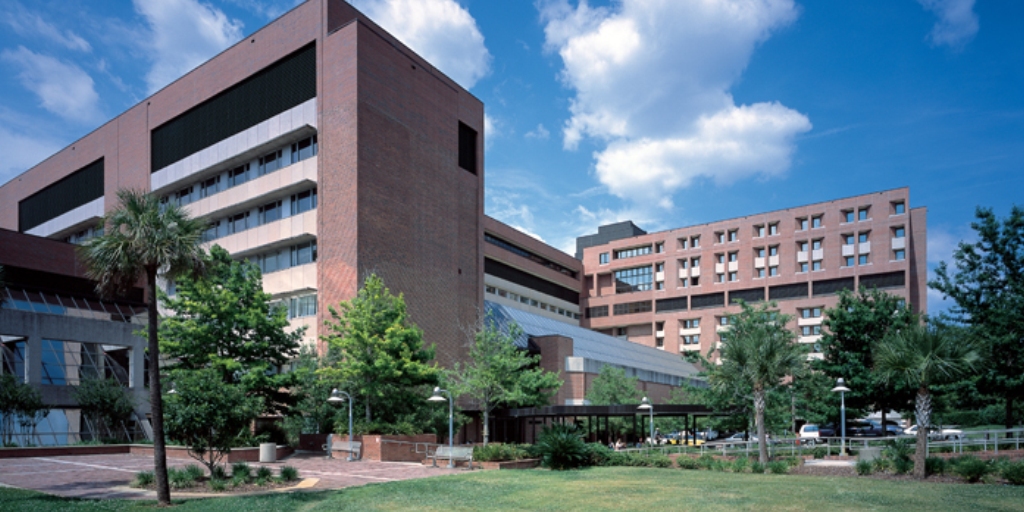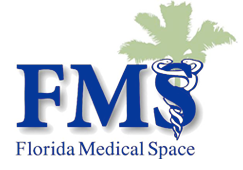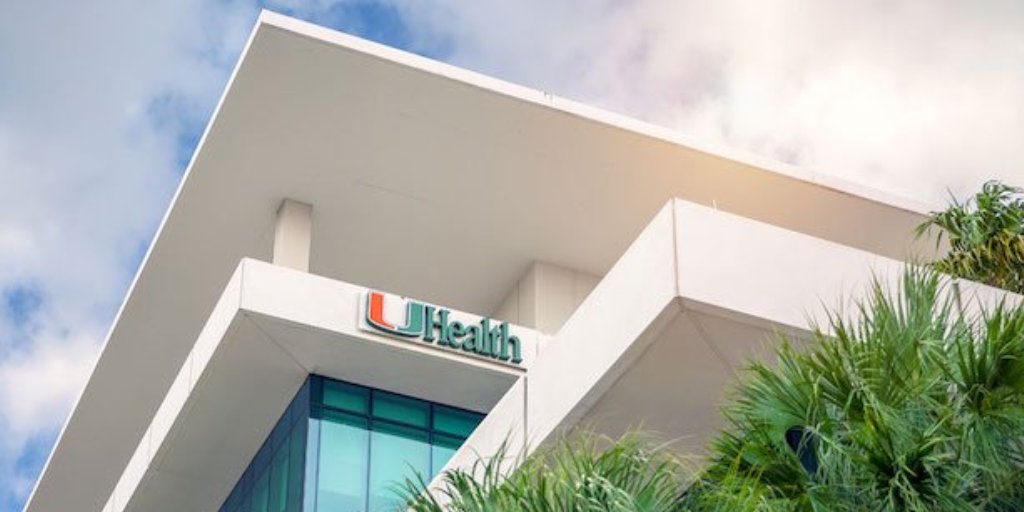
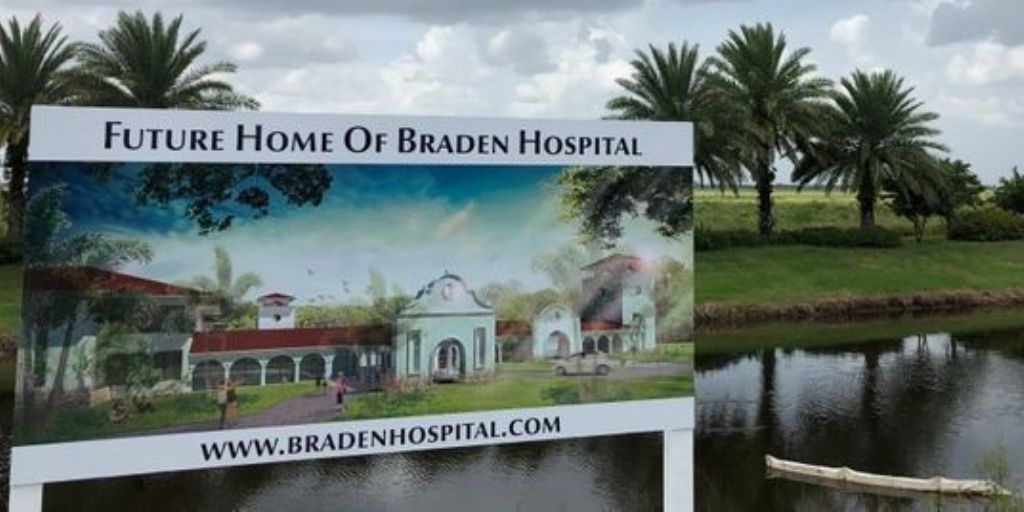
A 25-bed hospital is on the drawing board from the town’s first doctor and clinic founder, Dr. Beau Braden.
“Initially it was just myself and a nurse who lived in town,” Braden said. “We had a golf cart and we would suture people on their dining room table or my dining room table.”
The hospital project hit a roadblock when the NCH Healthcare System challenged it. The black cloud lifted last month after the 716-bed NCH saw a change in leadership and decided to drop the fight.
The legal costs could have run $800,000 to $1 million to prove the need for the 25-bed hospital. But Braden never considered backing down.
Roughly 650 residents and business owners in Ave Maria, Immokalee and Golden Gate Estates sent letters of support for the rural hospital to state regulators last year. Many shared their stories of suffering without accessible health care.
“It was a very moving experience, and I was just trying to do them justice,” Braden, 40, said in an interview last week.
He was no longer the stranger who moved to Ave Maria in 2014 with his wife, Maria, and their children. Word spread quickly about the young doctor.
His cellphone number got passed around. He responded to emergencies at homes. People showed up at his home at night with dislocated fingers, bleeding injuries and other ailments.
Braden didn’t mind the house calls.
Hospital Site About 4 Miles From Ave Maria Town Center
A strong patient/physician relationship and technology will be key elements in the practice model of Braden Hospital, slated for a site about 4 miles from the Ave Maria town center and the clinic.
His in-laws had moved to Ave Maria in 2008 so Braden knew from the start there were no medical services nearby.
“I very much had the plan to start some sort of urgent care and grow that into a clinic and eventually become a hospital to provide services for the area,” he said.
His new world was night and day from the faculty position he left at the University of Colorado Hospital in Denver, where he taught paramedics, medical students and residents, along with practicing medicine.
He attended medical school at Midwestern University in Arizona and has two master’s degrees, in public health and regulatory science, from the University of Southern California.
His credentials include board certification in emergency medicine and addiction medicine.
Ave Maria University gave him a room on campus in fall 2014 to see students. He also made the hour’s drive to Naples to work in the emergency room at NCH.
He signed a lease in early 2015 for space in the Ave Maria town center, where the five-exam room clinic is, at 5068 Annunciation Circle. The clinic is staffed by three physicians and a dozen support personnel. The clinic can see up to 45 patients a day.
Braden felt the time was right in early 2018 to pursue a hospital license.
He struck a verbal agreement with Barron Collier Companies to purchase land off Oil Well Road and Arthrex Commerce Drive. The site is near the manufacturing plant owned by Arthrex, the medical device company headquartered in North Naples.
More than 300 homes were sold in Ave Maria alone in 2017, and the number is climbing each year, according to data in Braden’s certificate of need application to state hospital regulators.
By 2023 the projected population in Ave Maria is pegged at 14,000, nearly double the 7,600 population in 2017.
The Arthrex manufacturing plant brought more than 1,500 Arthrex employees to the region. The plant has an on-site medical clinic for its workforce, yet Arthrex looks forward to the hospital as its new neighbor, John Schmieding, senior vice president and general counsel of Arthrex, said in a statement.
“Arthrex is very supportive of Dr. Braden and his efforts to bring increased medical care to the people of eastern Collier County,” Schmieding said.
Factoring in Immokalee, with 25,000 residents, and growth in other rural areas, the hospital’s service area would be 78,000 people by 2023.
The projection included development of Rural Lands West, a proposed new town between Ave Maria and Naples that developer Collier Enterprises scaled back in size earlier this year.
All of eastern Collier has been in dire need of accessible medical care, said Blake Gable, chief executive officer of the Barron Collier Companies.
“The region is so underserved that when someone is getting up to do something it deserves broad community support,” Gable said. “I don’t know anybody in eastern Collier County who isn’t in support. We are here to supply help in any way we can.”
CLICK HERE TO READ THE REMAINDER OF THE STORY
Source: Naples Daily News

The physical environment can have a big impact on how an employee feels and can either facilitate their ability to do their job or create frustrating barriers, but these pain points, preferences, and motivators look different for Baby Boomers, post-millennials, and everyone in between.
In light of the growth of healthcare’s generationally diverse workforce, understanding the most important drivers of staff satisfaction provides a powerful opportunity to improve quality of care, patient experience, and ultimately, the bottom line.
Baby boomers are emotionally invested in patients but report being emotionally exhausted and physically fatigued.
Concerned with a work-life balance and their health, Gen Xers can be stressed by long hours and search for more flexible jobs. When promoted to supervisory roles, they are challenged by managing diverse teams in today’s workforce.
Millennials are tech-reliant and frustrated with inefficient processes and lack of technology. They are motivated by altruistic missions, benefits, teamwork, and mentorship. They value flexibility and workplace wellness. By 2025, 75% of the workforce will be millennials or post millennials.
Entrepreneurial in spirit, Post-Millennials are natural multi-taskers, appreciate the increased productivity afforded by technology, and are most likely to question the status-quo.
Despite these differences, several DFW projects have adapted popular workplace trends to respond to today’s multi-generational staff and create supportive environments that increase satisfaction, recruit and retain talent, and improve patient outcomes with more engaged caregivers.
Variety and Control
Offering a mix of postures provides the power of choice to personalize the workplace according to their workstyle or the task at hand. Lighting and acoustics add layers of control and comfort to mitigate distractions and create opportunities for more inviting, functional spaces for relationship building and mentorship. Hybrid environments such as corridor alcoves and centralized nurses’ station being designed at Methodist Midlothian offers multiple settings and flexible furniture to suit several concurrent needs and workstyles–empowering millennials, who value team-oriented settings, with collaborative spaces to learn from more experienced colleagues while those looking for “heads down” time can find nestled work stations connected to the department.
Wellness and Mindfulness
The health of nurses is worse than that of the average American–many overweight, over-stressed and more susceptible to a job-related injury. Incorporating WELL Building Strategies such as sit to stand workstations and healthy food options provides measurable solutions for improving overall well-being. Naturally inspired colors, textures and visual effects— laminate, porcelain, and vinyl designed to look like wood, for instance—replicate the sensory effect of being outside in a healthcare appropriate setting. For those managing 12-hour shifts, averaging 25,000 steps per day, and dealing with the emotional fatigue of large caseloads, respite areas with serene images, lounge furniture, and views to the outdoors provides accessible reprieve between patients while encouraging a more balanced culture.
Technology
Healthcare as an industry is filled with cutting-edge medical equipment technology, but the day-to-day technology provided to front line clinical staff often falls well behind corporate workplace standards. Access through handheld devices and at appropriately located workstations with badge-tap log-ins improves efficiency and reduces frustration in Parkland Hospital. Electronic medical records continue to improve as software systems become fully integrated across the healthcare systems. For example, EMR can scan systems associated with patient medication dispensing and reduce errors by automatically crosschecking the medication and dosage with the patients’ medical records.
From emerging talent that tend to be drawn to amenities and workplace perks to experienced staff juggling the demands of physical and psychological stressors, healthcare’s modern workforce differ in how core values take shape. All staff, regardless of their generation or experience level, want to know their contributions matter and feel that they are valued. They need the right tools in the right place at the right time with customizable environments that are as nimble and responsive as they are to the demands of the day. Finally, while healthcare design and operations have been very good at caring for patients, staff need a workplace that is just as successful at caring for them.
Tina Larsen, AIA, LEED AP, EDAC is the Healthcare Market Sector Leader for Corgan and has over 32 years of experience on a wide variety of complex clinical projects in both renovations and ground-up facilities.
Source: D CEO Healthcare
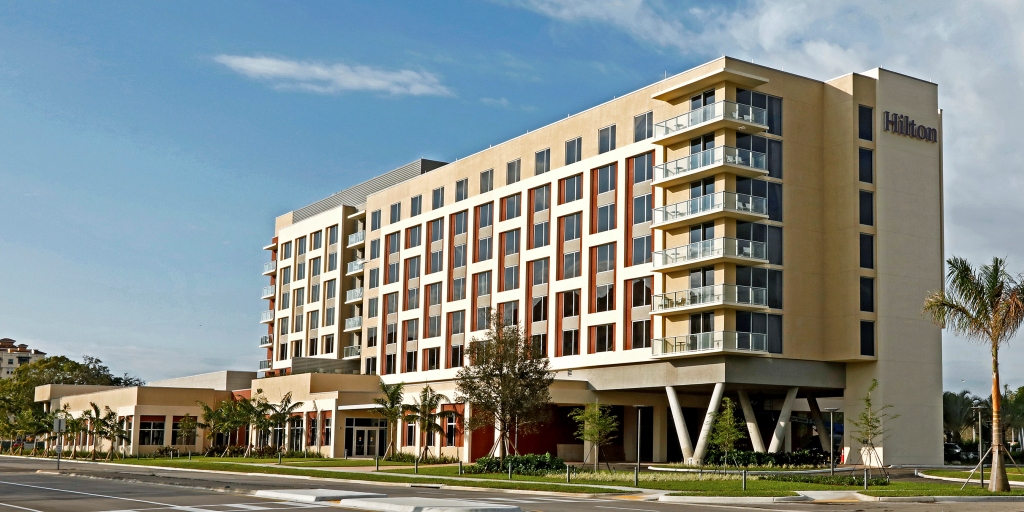
Baptist Health South Florida and Virginia-based Interstate Hotels held a grand opening for the new Hilton Miami Dadeland, a hotel with amenities for healthy living.
The 184-room property at 9100 N. Kendall Drive in Miami includes fitness equipment in each room, a meditation garden, on-site walking and jogging trails; and a farm-to-table restaurant. Thirty-four of its rooms are designated for extended stays.
“Early on, we knew we wanted to introduce a unique product to the market that would serve a variety of needs,” said Ana Lopez- Blazquez, chief strategy and transformation officer for Baptist Health. “Hilton embraced our vision of a multipurpose hotel, with rooms equipped for extended stays, and our desire to incorporate wellness into the design of the guest rooms and amenities.”
Coral Gables-based CallisonRTKL designed the hotel. It has 10,000 square feet of indoor and outdoor meeting space and a 6,250-square-foot ballroom with a private outdoor area.
The hotel’s restaurant is Table 55, led by Executive Chef Andrew Edwards. Its menu includes ingredients sourced from local farms and the hotel’s on-site garden.
James Shandor is the general manager. Room rates start at $149 a night.
Hilton Miami Dadeland broke ground in December 2016 after Baptist Health and Hilton Worldwide announced their partnership in August that year. The property complements the patient offerings at Miami Cancer Institute.
South Florida is ripe to capture a share of the growing worldwide medical tourism market. The trend is valued at $50 billion globally.
Source: SFBJ
“Early on, we knew we wanted to introduce a unique product to the market that would serve a variety of needs,” said Ana Lopez- Blazquez, chief strategy and transformation officer for Baptist Health. “Hilton embraced our vision of a multipurpose hotel, with rooms equipped for extended stays, and our desire to incorporate wellness into the design of the guest rooms and amenities.”
Coral Gables-based CallisonRTKL designed the hotel. It has 10,000 square feet of indoor and outdoor meeting space and a 6,250-square-foot ballroom with a private outdoor area.
The hotel’s restaurant is Table 55, led by Executive Chef Andrew Edwards. Its menu includes ingredients sourced from local farms and the hotel’s on-site garden.
James Shandor is the general manager. Room rates start at $149 a night.
Hilton Miami Dadeland broke ground in December 2016 after Baptist Health and Hilton Worldwide announced their partnership in August that year. The property complements the patient offerings at Miami Cancer Institute.
South Florida is ripe to capture a share of the growing worldwide medical tourism market. The trend is valued at $50 billion globally.
Source: SFBJ
The hotel’s restaurant is Table 55, led by Executive Chef Andrew Edwards. Its menu includes ingredients sourced from local farms and the hotel’s on-site garden.
James Shandor is the general manager. Room rates start at $149 a night.
Hilton Miami Dadeland broke ground in December 2016 after Baptist Health and Hilton Worldwide announced their partnership in August that year. The property complements the patient offerings at Miami Cancer Institute.
South Florida is ripe to capture a share of the growing worldwide medical tourism market. The trend is valued at $50 billion globally.
Source: SFBJ
Hilton Miami Dadeland broke ground in December 2016 after Baptist Health and Hilton Worldwide announced their partnership in August that year. The property complements the patient offerings at Miami Cancer Institute.
South Florida is ripe to capture a share of the growing worldwide medical tourism market. The trend is valued at $50 billion globally.
Source: SFBJ
Source: SFBJ
